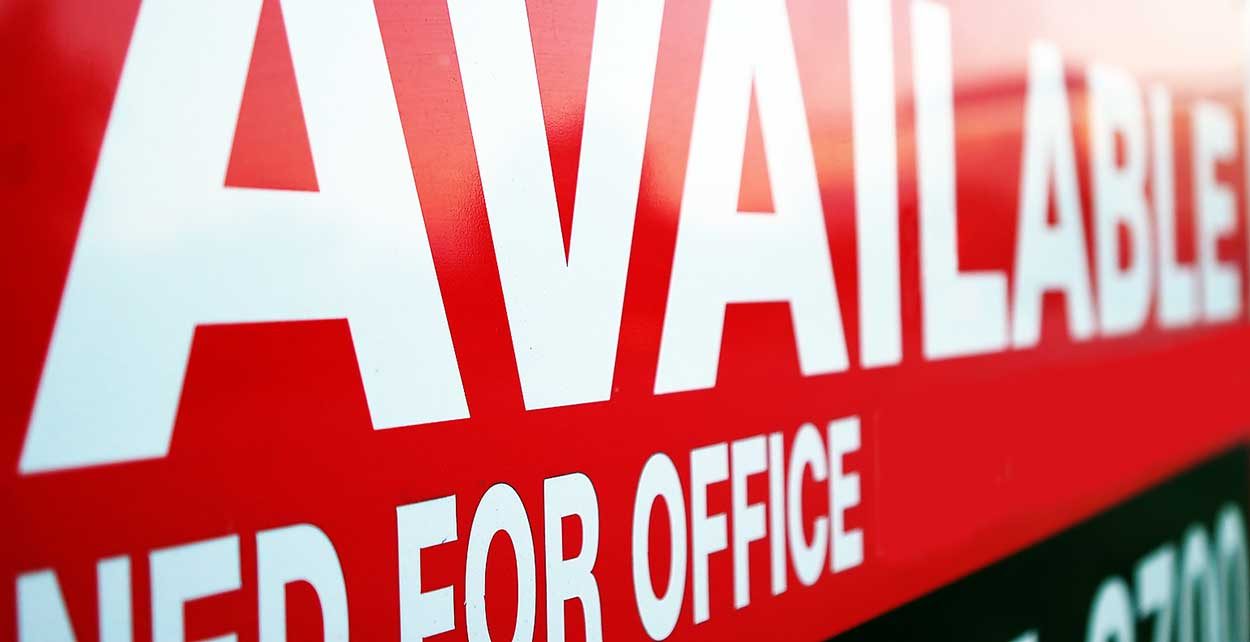This article is from the Australian Property Journal archive
THE recent recovery in return-to-office rates could drive sublease space in the Sydney CBD back to its pre-COVID levels over the next year.
The volume of sublease space in CBD dropped substantially in the March quarter to its lowest level since January 2022, new CBRE data shows. The 41,000 sqm decline to 88,758 sqm reduced the sublease vacancy rate to 1.7%.
Strong leasing activity in the higher quality space on the market drove the result, together with the withdrawal of 20,000 sqm of space listed by a single tenant as of year-end 2023.
“Given the recent recovery in return-to-office rates in the Sydney CBD, it now appears that attempts by larger occupiers to right-size their footprints through the sublease market have been placed on hold,” said CBRE’s Thomas Biglands.
Sydney’s office occupancy rose to 77% in the March quarter as workers slowly spend more days back in the workplaces after the pandemic emptied out the CBDs. The national average lifted from 70% to 76% in the period.
In Sydney, the addition of large sublease listings slowed drastically in the period and only four new sublease listings of greater than 1,000 sqm were brought to the market over the period. Sublease listings are now spread relatively evenly across size tranches.
Flights to quality and value
CBRE’s Chris Fisher said sublease space with high quality fit-outs have been popular with tenants seeking a flight-to-quality and a flight-to-value.
“Tenants are taking advantage of high incentives in the form of rent reduction to relocate to quality office space on favourable terms.”
The banking and finance sector continued to account for the greatest share of sublease availabilities in the Sydney CBD, representing 38.1% of the total, followed by the tech and IT sector, at 16.5%. The two sectors also accounted for the greatest share of new subleases brought to market over the first quarter.
“We are not seeing the big chunks of new sublease space from large occupiers hitting the market. This has helped the sublease vacancy rate drop to 1.7%, following seven consecutive months of decreases,” Fisher said.
The Core and Walsh Bay precincts saw elevated levels of sublease leasing activity in the first part of 2024. Sublease volumes in the precincts declined by 33% and 11%, respectively, and the western corridor now accounts for the largest share of sublease availabilities by volume at 33% of the CBD total.
Contraction or a shift towards hybrid working are now the most common drivers for occupiers looking to hand back space, accounting for 79% of the sublease space on the market, with the next most common driver of sublease listings being M&A, accounting for 7%.
“These trends have meant sublease levels are now at one of their lowest points since the onset of COVID. Given the current trajectory and underlying activity by occupiers, it’s possible that the Sydney CBD will reach pre-COVID norms over the next year,” Biglands said.



